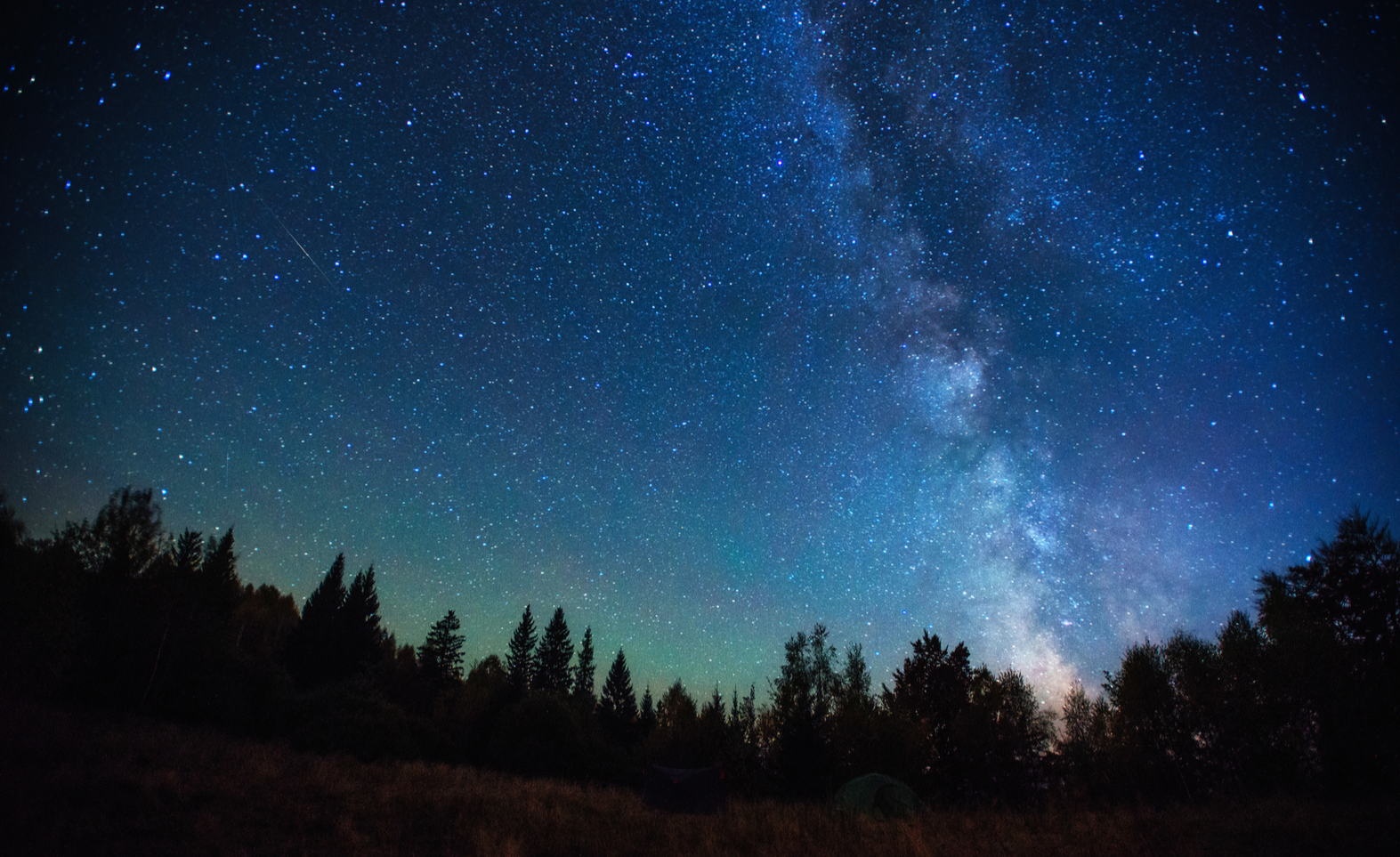
May 19, 2021
The team of astronomers who worked on this are from the Indian Institute of Astrophysics which is an autonomous institute of the Department of Science & Technology.
The newly developed method can now identify cluster stars with much greater certainty and pinpoint individual stars that behave differently from their siblings.
The team which used a machine learning technique called Probabilistic Random Forest will apply the algorithms to more clusters in the future.
Prof Ashutosh Sharma, Secretary, DST stated: “The new AI-based algorithm is very promising in automating and greatly speeding this process and may also find uses in other areas of analysis of patterns in biology and materials science”.

The mysteries of Life and our origins lie in the intriguing galactic stardust, the cluster stars, the assembly of stars that are physically related through common origin, and their neural networks. Mapping these using artificial intelligence (AI) and machine learning technologies (MLT) has been the work of the billion dollar gaia telescope which, in December last, sent its third treasure trove of data from close to a billion stars.
Now, according to a release (https://www.pib.gov.in/PressReleasePage.aspx?PRID=1719644) by the Press Information Bureau (PIB), Indian astronomers from the Indian Institute of Astrophysics (IIA) have used machine learning to develop a new method which can identify these cluster stars with much greater certainty. Significantly, the new method can be applied to clusters of all ages, distances, and densities and has been used to identify hundreds of additional stars for six different clusters up to 18000 light-years away and uncover peculiar stars.
According to the release, using data released recently by the European Space Agency (ESA), the team from Indian Institute of Astrophysics (IIA), an autonomous institute of the Department of Science & Technology, Government of India, identified the crucial measurements for this task and understood the complex relationship between these parameters, using a machine learning technique called Probabilistic Random Forest. The team trained their algorithm using the most likely members from a model called the Gaussian Mixture Model, which can identify clumps of co-moving stars. The Probabilistic Random Forest algorithm then learns how to identify a typical cluster member star and efficiently takes out stars that share only similar proper motions or only similar velocities as the cluster itself.
The newly developed method can now identify cluster stars with much greater certainty and pinpoint individual stars that behave differently from their siblings. The team will apply the algorithms to more clusters in the future.
Prof Ashutosh Sharma, Secretary, DST is quoted in the PIB release stating: “Manual identification of stars belonging to a star-cluster is a daunting task owing to an armload of data to be analyzed. The new Artificial Intelligence based algorithm is very promising in automating and greatly speeding this process and may also find uses in other areas of analysis of patterns in biology and materials science”.